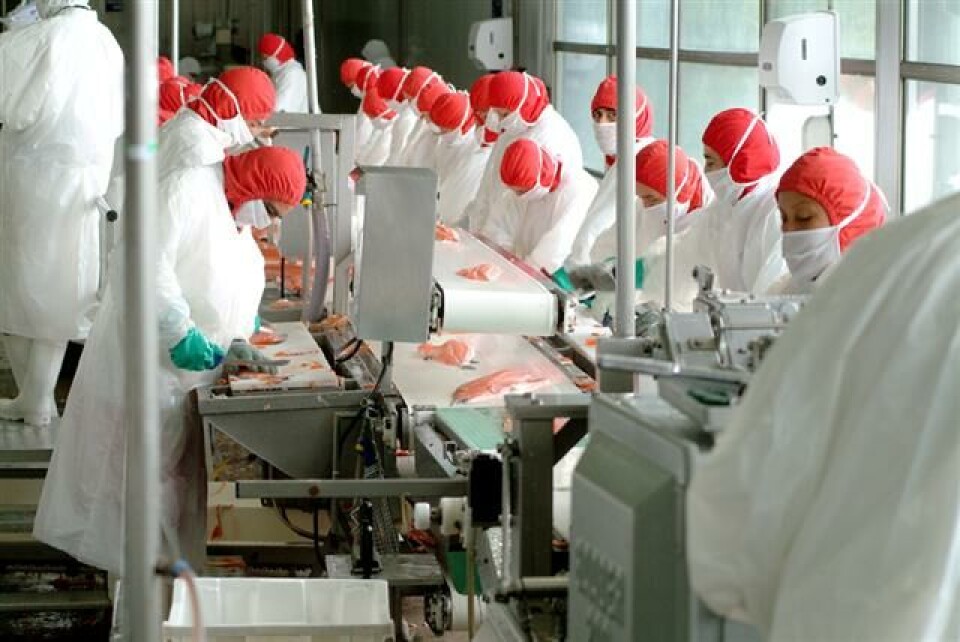
Shortage of manpower in Chile
Puerto Montt is probably the most emblematic city for the Chilean salmon industry and where most of the administrative and processing plants are concentrated in all the country, therefore, it is a true reflection of what is happening in other “salmon communes”.
The regional secretary of the Employment ministry, Andrea Rosmanich, explained the situation detailing that currently there are less than two thousand unemployed people in the city which has a total workforce of 87 thousand people. “Last year we had 10 thousand unemployed,” she said. The ministry’s regional secretary reinforced the contribution that this industry has in contracting women, which has a 2 percent of unemployment, and it has also increased the workforce. “This is the healthiest thing that can be given to the employment market,” she commented.
Carlos Obredet, the general manager of the Association of the Chilean Salmon Industry (SalmonChile) declared that this industry creates close to 30 thousand direct jobs. This is the same hiring level they had before the industry underwent the ISA crisis. “We have hired around 15 thousand people, the same number who were left without jobs during the last crisis,” he stated.
According to an article published in the newspaper La Segunda, the full employment in Puerto Montt also creates a series of challenges due to its low specializations in the employment market. The main challenge is the lack of qualified workers. According to Obredet there isn’t anywhere else to go to find trained workers. “We need to hire operators, but also professionals, which is a very complicated thing to do in a country that has the current growth levels,” assures the executive.
He stated that the mining industry in the north of the country is an alternative for the professionals and it is very difficult to compete with it due to the high price of copper. He also stated that the salmon farming sector has just gone through a crisis, and therefore, makes it very difficult for professionals to migrate to this area.
He also remarked that the biggest employment demand is concentrated in aquaculture engineers and marine biologists for the farm sites and food engineers for the processing plants. Although he did say that they are contracting agriculture engineers in the farm sites, civil engineers in the processing plants and commercial engineers in the administration offices.






















































